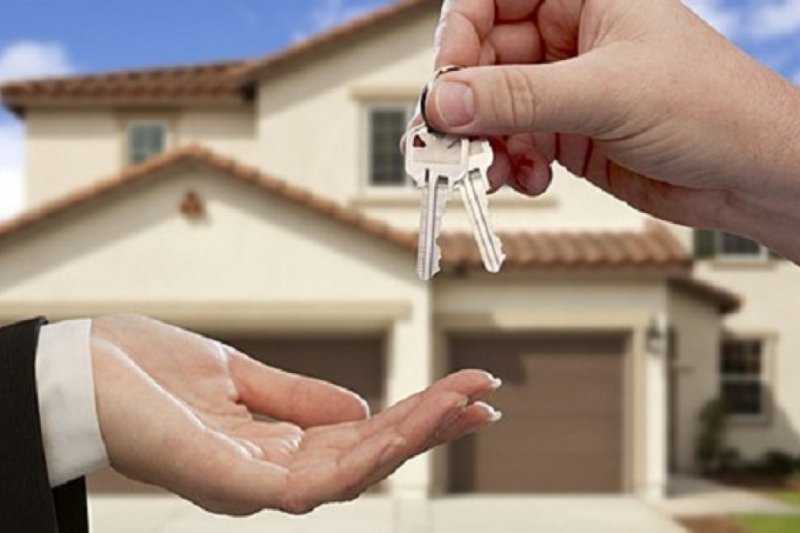Apartments' Prices Increased by 39% in Albania
Apartment prices rose by 39% in the first half of the year compared to the same period a year ago.
The findings have been published by the Bank of Albania in the financial stability report for this period based on a survey conducted with about 230 subjects whose main activity is the trading of real estate. While in relation to the previous 6 months, the increase according to them is calculated at 28.4%.
But are sales at the same level of growth as prices? Market agents report an increase in demand and a lack of properties for sale, however, the lack of a register with a complete list of sold and unsold properties in the country makes unclear panorama regarding the progress of the sector.
Bank of Albania itself has announced earlier that it will start working together with INSTAT to create a database with these currently missing data.
Financing through bank loans also dominates most property sales, almost half of them, where the loan covers up to 60% of their value.
Banks have followed relaxed criteria in lending for the purchase of real estate this period, where the loan stock for this purpose reached about ALL 140 billion at the end of the first 6 months.
Real estate agents estimate that this increase in price is mainly dictated by the increase in the average price of housing in the capital, especially in the center, but also in other areas of the country, according to the report of the Bank of Albania.
But according to the survey of the Bank of Albania, the average time for the sale of apartments has fallen slightly to an average of 10.8 months. What adds to the mystery is why prices are increasing within 6 months, while sales go on longer than that.
Meanwhile, the increase in housing prices is expected to continue even further, making it even more difficult to buy a house, as agents, despite the uncertainties, are optimistic about the market's performance even in the longer term. They expect housing and commercial property prices to rise again in the future by 24% and 22% respectively.














